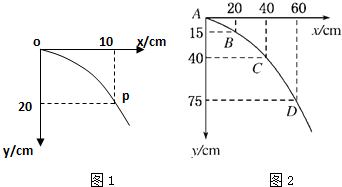As more and more people speak the global languages of English, Chinese, Spanish, and Arabic, other languages are rapidly disappearing. In fact, half of the 6,000-7,000 languages spoken around the world today will likely die out by the next century, according to the United Nations Educational, Scientific, and Cultural Organization (UNESCO).
In an effort to prevent language loss, scholars from a number of organizations- UNESCO and National Geographic among them –have for many years been documenting dying languages and the cultures they reflect.
Mark Turin, a scientist at the Macmillan Center, Yale University, who specializes in the languages and oral traditions of the Himalayas, is following in that tradition. His recently published book, A Grammar of Thangmi with an Ethnolinguistic Introduction to the Speakers and Their Culture, grows out of his experience living, looking and raising a family in a village in Nepal.
Documenting the Tangmi language and culture is just a starting point for Turin, who seeks to include other languages and oral traditions across the Himalayans reaches of India, Nepal, Bhutan, and China. But he is not content to simply record these voices before they disappear without record.
At the University of Cambridge Turin discovered a wealth of important materials- including photographs, films, tap recordings, and field notes- which had remained unstudied and were badly in need of care and protection.
Now, through the two organizations that he has founded-the Digital Himalaya Project and the World Oral Literature Project- Turin has started a campaign to make such documents, found in libraries and stores around the world, available not just to scholars but to the youngers.
Generations of communities from whom the materials were originally collected.Thanks to digital technology and the widely available Internet. Turin notes,the endangered languages can be saved and reconnected with speech communities.
小题1:Many scholars are making efforts to _____.
A.promote global languages
B.rescue the disappearing languages
C.search for language communities
D.set up languages research organizations.小题2:What does “that tradition” in Paragraph 3 refer to?
A.Having first records of the languages
B.Writing books on language searching
C.Telling stories about language users
D.Linking with the native speakers小题3:What is Turin’s book based on?
A.The cultural statics in India.
B.The documents available at Yale.
C.His language research in Britain.
D.His personal experience in Nepal.小题4:Which of the following best describe Turin’s Work?
A.Write sell and donate.
B.Record,repeat and reward.
C.Collect,protect and reconnect.
D.Design, experiment and report.

